
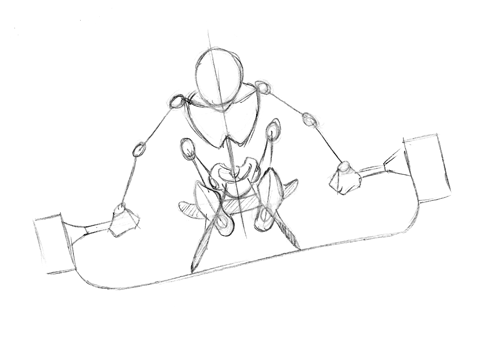
Figure 1. Illustration of the luge starting phase.
Luge is a sport of ice sliding, Olympic discipline since the 1964 Winter Games in Innsbruck, Austria. The goal of the athletes is to go down an icy artificial track as quickly as possible. To start, the athlete sits on his sledge and propels himself by pulling with his arms on two handles fixed on both sides of the track (Fig. 1). The maximum speeds can exceed 140 km/h and the places between the athletes are generally played on thousandths of a second.
Factors influencing performance in this type of sport include mechanical factors such as aerodynamics, friction resistance, environmental factors such as weather conditions, temperature, and athlete-related factors such as starting orders, equipment, and the starting phase.
Among these factors, the starting phase, and especially the time on the first 10 meters, is considered one of the best performance predictor of a descent. It is during this starting phase that the athlete prepares to eject : Sitting on his sled, while holding on to the starting handles, he slides the sledge forward before accelerating the sled backward, looking for maximum amplitude. This phase activates the stretch-shortening cycle of the muscle chains of the trunk. Then, the athlete will pull on the starting handles in an explosive manner to gain speed. When the hips pass in front of the handles, the athlete pushes on them. Once out of the starting gate, he can scratch the track, usually between 3 and 6 times depending on the track, with his gloves with small metal spikes (about 4 mm in length) to continue to accelerate, before to lie on his sledge.
Since the start phase is the only time the athlete can physically accelerate the sled, a team of American researchers published a study in October 2011 in which they studied the physical and anthropometric upper body factors related to the chronometric performance of the starting phase.
For this, 22 athletes, women and men, belonging to the American national teams Junior (9 athletes) and Senior (13 athletes) participated in this study. All these athletes had at least 3 years of experience in the sport of luge, with several Olympic Games participations and at least 1 year of weight training experience.
The study consisted of 2 distinct phases. First, they recorded the best chronometric performances during the starting phase (Fig. 2) in 2007, at the JetBlue Airways U.S. National Start Championships. Photocells were used to measure time. Each athlete had the right to 2 trials, the best time was retained for the study.
Then the athletes participated in upper body strength tests over 2 days. On the first day, they determined the 1RM in the bench press, feet on the bench (Fig 3) and performed the maximum repetitions of pull-ups in pronation over 15 seconds (except for the Junior group). On the second day, they determined 1RM in barbell prone rowing (Fig. 4) and in weighted pull-ups in pronation (Fig. 5).
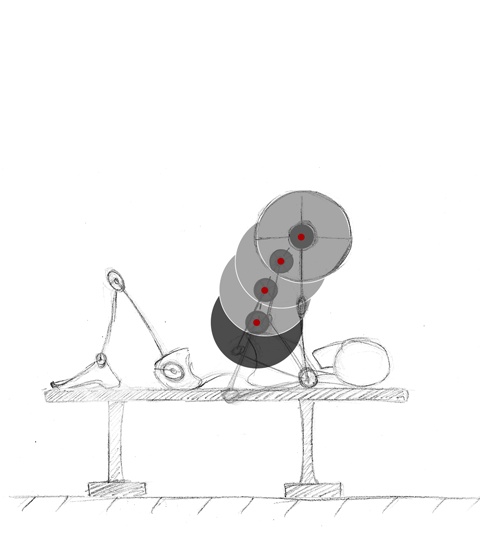
Figure 3. Bench press with feet on the bench.
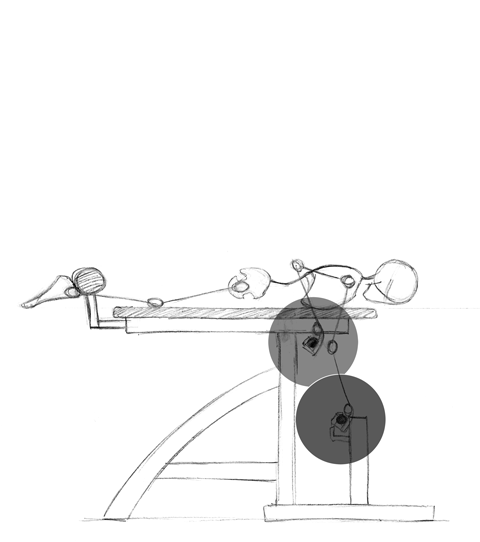
Figure 4. Barbell prone rowing.
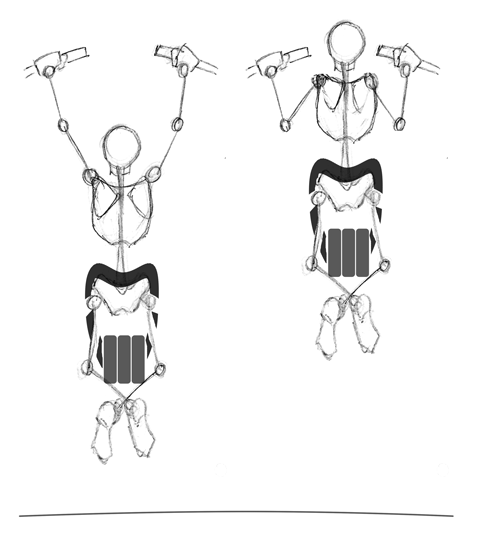
Figure 5. Weighted Pronated Pull-ups.
Finally, upper body measurements were taken :
From these tests, the researchers statistically studied the data using a Bravais-Pearson correlation matrix to see which force or anthropometric parameters were best linked to the chronometric performance during the initial phase.
The statistical results of this study are presented in Table 1 :
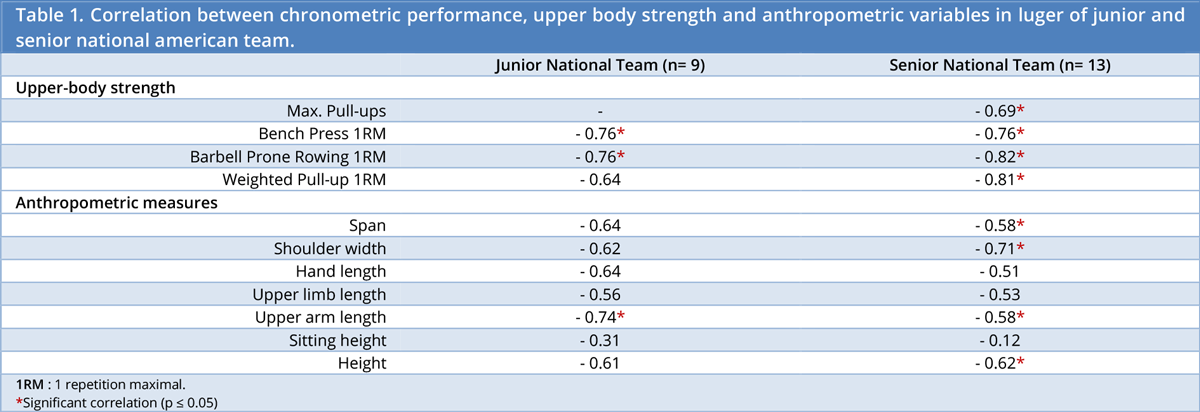
For upper body strength tests, the barbell prone rowing shows the strongest correlation with starting time, in both groups. Nevertheless, the other exercises, including the bench press, also show strong correlations. It seems that the work of muscular strength on the agonist and antagonist muscles of the scapular girdle is linked to a better initial chronometric performance. It appears obvious that there is a very good performance transfer, the exercises being quite close to the movements made during the sled departure, except for the bench press.
Regarding anthropometric data, the only significant correlation to both groups is arm length. This correlation could come from the fact that the arm has the largest muscle mass of the upper limb. This is one of the criteria that could be considered when detecting young athletes.
The exercises used in this study to test the strength of athletes are also used to evaluate US national athletes. The maximal force on these upper body exercises appears to be a very important factor in the performance of the luge start. Nevertheless, this start is a very technical movement that requires a long learning and development phase. Less experienced young athletes will improve much more with technique-based training. However, the more the technique is mastered and the more the athlete will have to improve his physical abilities such as maximum strength and explosivity.
It would be interesting to test, on these exercises, other kinetic parameters such as the power, the rate of development of force (i.e., the explosive force) and the speed, for example. Because if the maximal force is improved, it does not necessarily means a better explosivity or a greater power output.
We remind you that you can quote articles by limiting your quotation to 200 words maximum and you must include a nominative link to this one. Any other use, especially copying in full on forum, website or any other content, is strictly prohibited. In doubt, contact us.
Copyright © 2011-2024 - www.sci-sport.com - All rights reserved